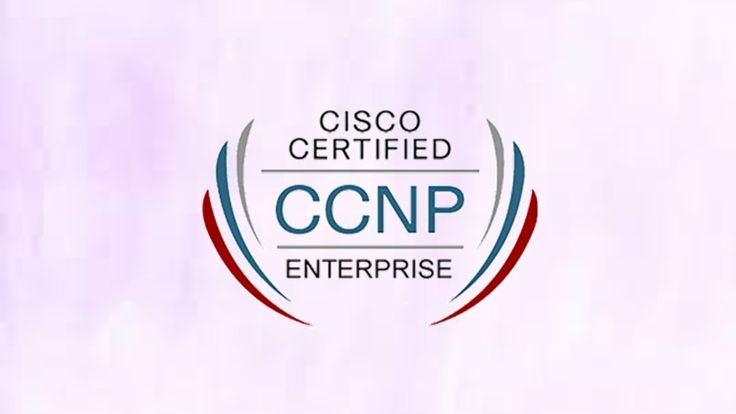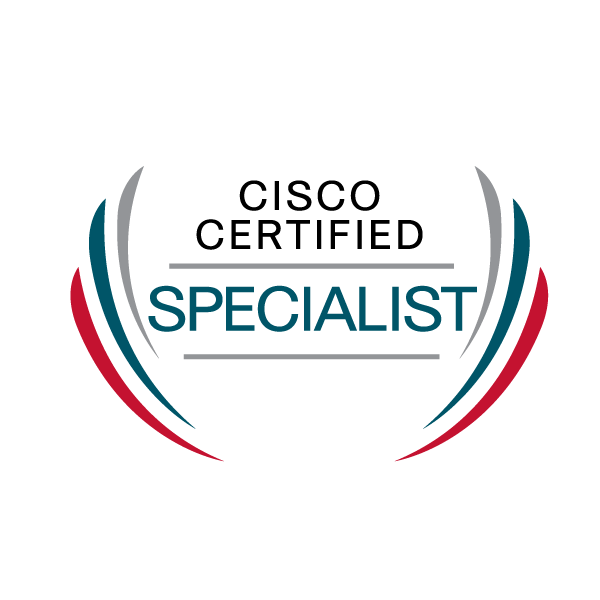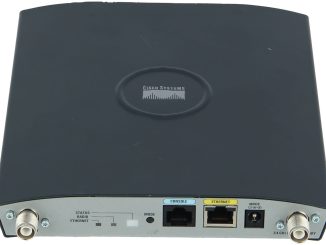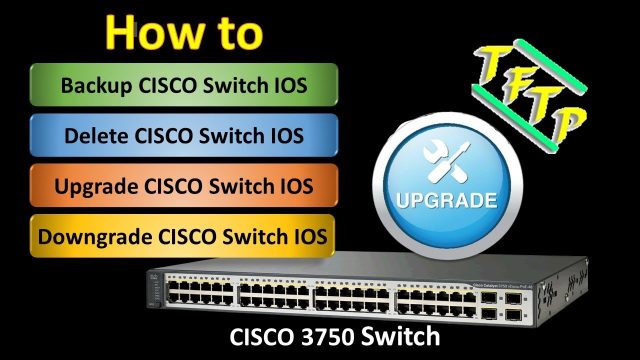
See the objectives of the certification Cisco ENCOR 350-401 exams. Click to download the complete topic list in PDF.
Here are the simple way to pass the Cisco ENCOR exams if you are very busy like me. Watch videos often, take notes and perform practicals, by doing this – you will retain and absorb all the skills needed to excel in your career. Let’s begin!
1.0 Architecture – 15%
- 1.1 Explain the different design principles used in an enterprise network
- 1.2 Analyze design principles of a WLAN deployment
- 1.3 Differentiate between on-premises and cloud infrastructure deployments => Read HERE
- 1.4 Explain the working principles of the Cisco SD-WAN solution
- 1.5 Explain the working principles of the Cisco SD-Access solution => Read HERE
- 1.6 Describe concepts of wired and wireless QoS =>Read HERE and HERE
- 1.7 Differentiate hardware and software switching mechanisms
2.0 Virtualization – 10%
Full video class HERE
- 2.1 Describe device virtualization technologies
- 2.2 Configure and verify data path virtualization technologies
- 2.3 Describe network virtualization concepts
3.0 Infrastructure – 30%
+ PLUS
- 3.1 Layer 2 : 3.1.a Troubleshoot static and dynamic 802.1q trunking protocols => Read HERE and HERE
- 3.1 Layer 2 : 3.1.b Troubleshoot static and dynamic EtherChannels => Read HERE and HERE
- 3.1 Layer 2 : 3.1.c Configure and verify common Spanning Tree Protocols (RSTP and MST) => Read HERE, HERE and HERE
- 3.2 Layer 3 : 3.2.a Compare routing concepts of EIGRP and OSPF (advanced distance vector vs. linked state, load balancing, path selection, path operations, metrics) => Read HERE, HERE and HERE
- 3.2 Layer 3 : 3.2.b Configure and verify simple OSPF environments, including multiple normal areas, summarization, and filtering (neighbor adjacency, point-to-point and broadcast network types, and passive interface) => Read HERE, HERE and HERE
- 3.2 Layer 3 : 3.2.c Configure and verify eBGP between directly connected neighbors (best path selection algorithm and neighbor relationships) => Read HERE and HERE
- 3.3 Wireless : 3.3.a Describe Layer 1 concepts, such as RF power, RSSI, SNR, interference noise, band and channels, and wireless client devices capabilities => Read HERE, HERE
- 3.3 Wireless : 3.3.b Describe AP modes and antenna types => Read HERE, HERE, HERE
- 3.3 Wireless : 3.3.c Describe access point discovery and join process (discovery algorithms, WLC selection process) => Read HERE, HERE, HERE and HERE
- 3.3 Wireless : 3.3.d Describe the main principles and use cases for Layer 2 and Layer 3 roaming => Read HERE and HERE
- 3.3 Wireless : 3.3.e Troubleshoot WLAN configuration and wireless client connectivity issues => Read HERE, HERE, HERE, HERE, HERE
- 3.4 IP Services : 3.4.a Describe Network Time Protocol (NTP) => Read HERE and HERE
- 3.4 IP Services : 3.4.b Configure and verify NAT/PAT => Read HERE, HERE, HERE and HERE
- 3.4 IP Services : 3.4.c Configure first hop redundancy protocols, such as HSRP and VRRP => Read HERE, HERE and HERE
- 3.4 IP Services : 3.4.d Describe multicast protocols, such as PIM and IGMP v2/v3 => Read HERE, HERE and HERE and HERE
4.0 Network Assurance – 10%
- 4.1 Diagnose network problems using tools such as debugs, conditional debugs, trace route, ping, SNMP, and syslog => Read HERE and HERE
- 4.2 Configure and verify device monitoring using syslog for remote logging => Read HERE
- 4.3 Configure and verify NetFlow and Flexible NetFlow => Read HERE and HERE
- 4.4 Configure and verify SPAN/RSPAN/ERSPAN => Read HERE and HERE
- 4.5 Configure and verify IPSLA => Read HERE
- 4.6 Describe Cisco DNA Center workflows to apply network configuration, monitoring, and management => Read HERE and HERE
- 4.7 Configure and verify NETCONF and RESTCONF => Read HERE, HERE and HERE
5.0 Security – 20%
- 5.1 Configure and verify device access control
- 5.2 Configure and verify infrastructure security features
- 5.3 Describe REST API security HERE, HERE and HERE Practicals>> HERE
- 5.4 Configure and verify wireless security features
- 5.5 Describe the components of network security design
6.0 Automation – 15%
- 6.1 Interpret basic Python components and scripts => Read HERE, HERE and HERE
- 6.2 Construct valid JSON encoded file => Read HERE and HERE and HERE
- 6.3 Describe the high-level principles and benefits of a data modeling language, such as YANG => Read HERE, HERE and HERE
- 6.4 Describe APIs for Cisco DNA Center and vManage => Read HERE and HERE
- 6.5 Interpret REST API response codes and results in payload using Cisco DNA Center and RESTCONF => Read HERE and HERE
- 6.6 Construct EEM applet to automate configuration, troubleshooting, or data collection => Read HERE
- 6.7 Compare agent vs. agentless orchestration tools, such as Chef, Puppet, Ansible, and SaltStack => Read HERE, HERE and HERE
U wanna go further?
Try Cisco ENAUTO HERE, HERE and HERE





Be the first to comment